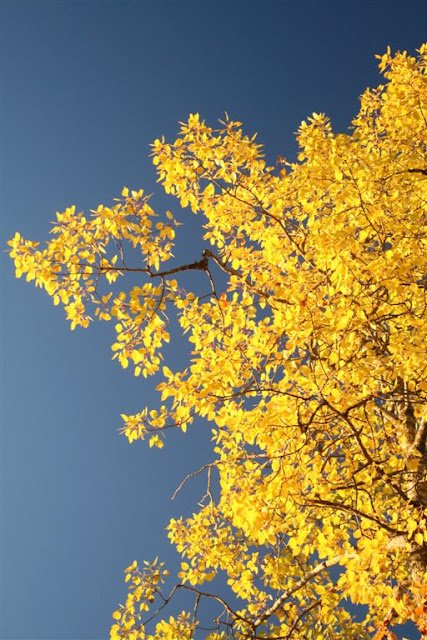If there's one plant that's key to the winter survival of grouse, it's the aspen tree. Closely related to cottonwood, another poplar, aspens come in two species, the quaking (or trembling) and the bigtooth. Both are fast-growing, short-lived trees that colonize old fields, woodland edges, burned forests and sunny breaks in a woods where a large tree has blown down. They need plenty of light to grow and will not reproduce in the shade of their parents or other large trees. On the other hand, the shade they produce makes a good habitat for long-lived trees like oaks, maples and beech. The aspens stabilize the soil and reduce erosion and their shade suppresses competition from shrubs. Although grouse need the shrubs for escape cover and autumn berries, it's the large aspens with their abundant crop of flower buds that will get the birds through the winter. The grouse is so dependent on the aspen that the range of both these species corresponds very closely across North America.
 |
| Big-toothed Aspen leaf on trail to Harper Falls (Grass River) © Dave Spier |
Contact me at northeastnaturalist@yahoo.com More of my articles can be found on my other blog at http://northeastnaturalist.blogspot.com/ and more nature photos can be seen at http://www.flickr.com/photos/dave_spier and http://picasaweb.google.com/northeastnaturalist

No comments:
Post a Comment